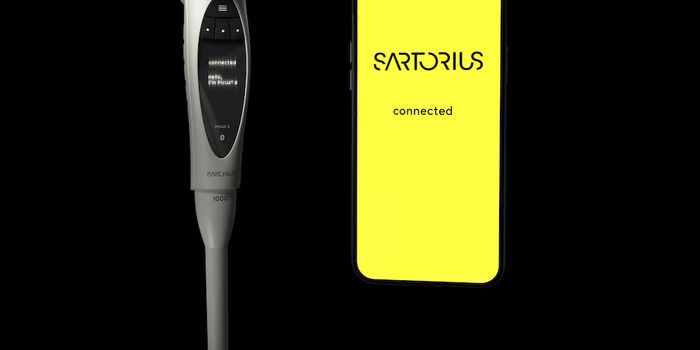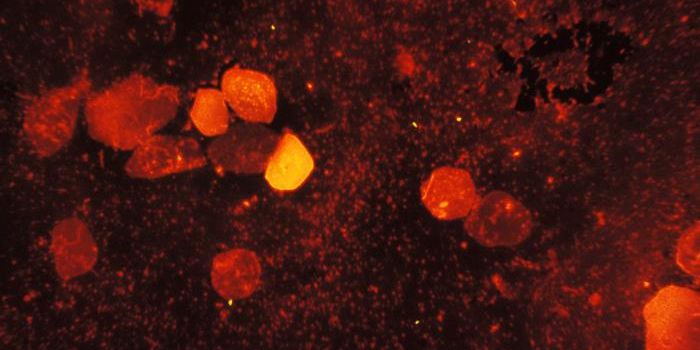MicroRNA emerges as a biomarker for migraines
Intense, debilitating pain that can last for days. Nausea, numbness and sensitivity to light. For people who experience migraines, it’s frustrating that so little is really understood about this neurological condition and why current medications work for some, but not others.
Neuroscientists are on the hunt for markers present in biological samples of migraine that can better inform why migraines occur, how to accurately diagnose migraine patients and how to predict treatment outcomes.
In an article published in Molecular Diagnosis and Therapy, Aalborg University scientist Parisa Gazerani describes the best-case scenario: a migraine biomarker that is sensitive, specific and of which levels vary depending on the stage of the attack.
Out of many potential biomolecules that could meet these criteria, researchers have identified one particular standout candidate: microRNAs.
MicroRNAs, or miRNAs, are small strands of RNA, consisting of around 20 nucleotide building blocks. Over 2,000 miRNAs have been identified in humans and are known to play an important role in regulating the expression of cellular proteins. They continue to be in the research spotlight, as fluctuations in miRNA levels have been linked to cancer, cardiovascular disease and autoimmune disease.
Why are miRNAs a prime target? Firstly, previous studies have shown that miRNAs participate in how our nervous system perceives pain. Circulating levels of specific miRNAs have been used by physicians and scientists to gauge a patient’s pain reduction in response to analgesics. On top of that, miRNAs have also been selected as ideal biomarker candidates for other neurological conditions like Alzheimer’s disease and epilepsy.
In an interview with Future Medicine, Gazerani commented, “A few years ago, one of my collaborators and I identified unique miRNA and protein biomarkers of migraine. Building upon these initial findings in patients led to the filing of a patent and then the establishment of a start-up company with the aim to develop diagnostic, prognostic and treatment monitoring tools for migraine.”
Neurobiologists envision a future where a simple spit test could categorically distinguish a tension headache from an pre-migraine aura, based simply on circulating miRNA patterns. While this would mean less guessing on the part of physicians and more control over pharmaceutical interventions, there is still a long way to go.
Still, ongoing research efforts continue to add clarity to the molecular tapestries that trigger migraines. MiRNAs remain a focus, with every new study illuminating never before seen connections: signature miRNA expression levels in youths with migraines, miRNAs that influence migraines and inflammatory pathways, and how miRNA levels shift as migraines progress.
There are 37 million individuals who experience migraines in the U.S. alone. While standardized miRNA-based profiling for migraine treatment and prevention is still in the works, researchers are confident that they’re on the right track. As sequencing and data analysis technologies become increasingly elegant, researchers will have access to the right tools to accelerate the creation of miRNA diagnostics.
Sources: Molecular Neurobiology, Neurology Advisor.








